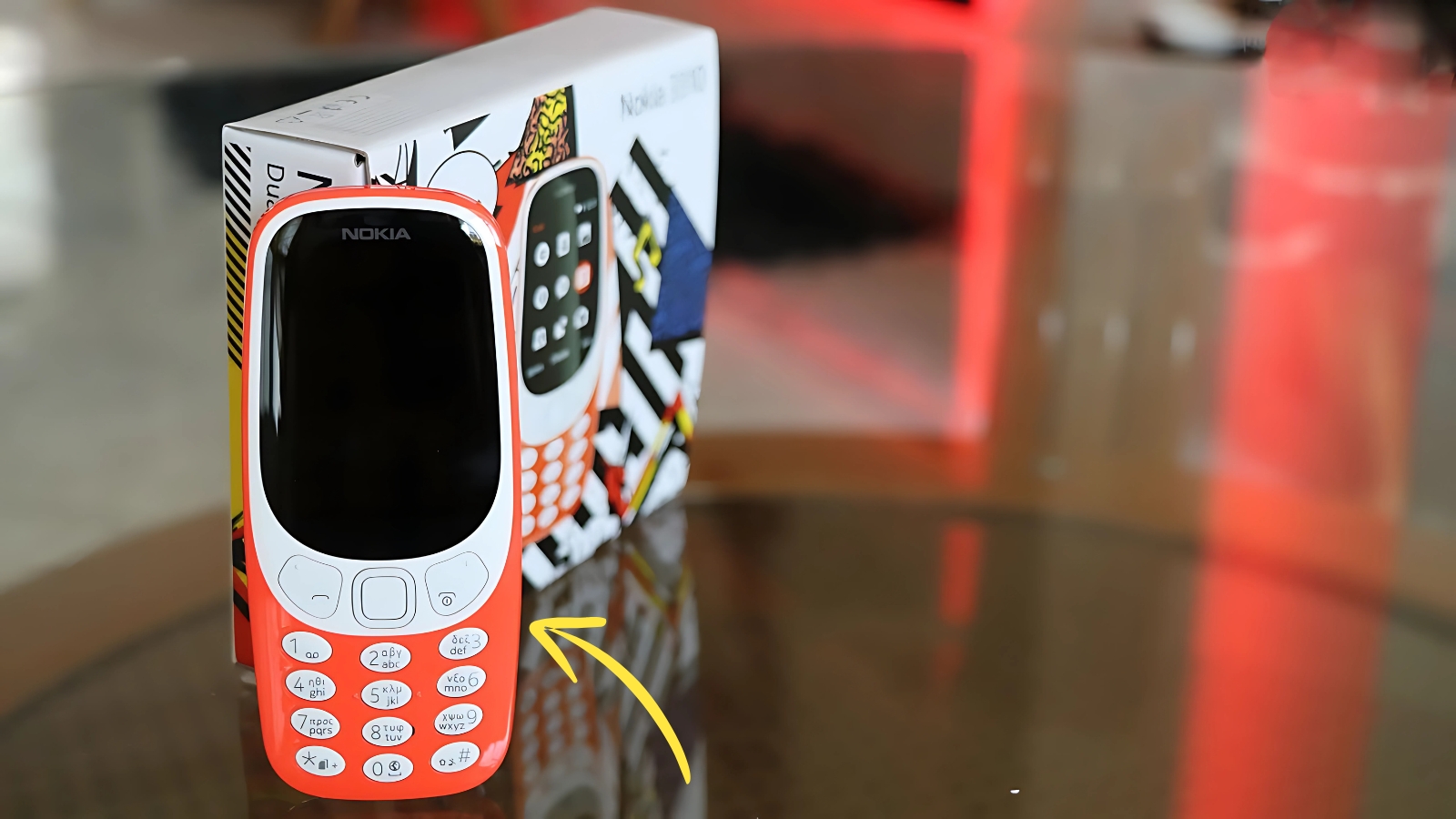Nokia 3310 : Every generation has that one piece of technology that defines their youth. For millennials and Gen Z, it might be the first iPhone or PlayStation. But for those who lived through the early 2000s, nothing quite compares to the Nokia 3310. This wasn’t just a phone—it was practically a cultural institution wrapped in nearly indestructible plastic.
The Birth of a Legend
Picture this: it’s September 2000, and Nokia drops what would become one of the most successful phones in history. The 3310 wasn’t revolutionary in the traditional sense. It didn’t have a color screen, couldn’t access the internet, and the camera was still years away. What it did have was something far more valuable—reliability that bordered on the supernatural.
Within months of its release, the 3310 was everywhere. Students carried them to school, business people relied on them for work, and parents felt comfortable giving them to their kids because, frankly, these things were nearly impossible to break. The phone’s compact design fit perfectly in your palm, with that distinctive blue navigation button that became as iconic as the Nokia ringtone itself.
But here’s what made the 3310 special: it knew exactly what it was supposed to do. Make calls? Check. Send text messages? Absolutely. Play Snake during boring classes? You bet. Everything else was just unnecessary complexity.

When Durability Becomes Internet Legend
Fast forward twenty years, and the Nokia 3310 has achieved something no other phone has managed—it became a meme that refuses to die. Social media is packed with jokes about its legendary toughness: “Nokia 3310 users never need phone insurance,” or “The only thing that can destroy a Nokia 3310 is another Nokia 3310.”
These aren’t just random internet jokes. People genuinely put these phones through torture tests that would destroy modern smartphones instantly. Drop it from a building? Still works. Run it over with a car? Might have tire marks, but it’ll still boot up. Some folks even claim their 3310s survived natural disasters better than their houses did.
The phone’s reputation got so ridiculous that when Nokia’s toughest modern phone, the 800 Tough, was being developed, engineers specifically referenced the 3310’s durability standards. That’s how you know you’ve made something special—when your own company uses your product as the benchmark for “unbreakable” decades later.
The Comeback Nobody Saw Coming
In 2017, something unexpected happened. HMD Global, the company behind modern Nokia phones, decided to bring back the 3310. Not as some museum piece, but as a real product for real people who missed the simplicity of the original.
The new version kept everything people loved about the original while adding just enough modern touches to make sense in 2017. A 2.4-inch color display replaced the old monochrome screen. A basic 2MP camera appeared on the back. They even included a microSD slot for those who wanted to store more than just phone numbers.
But the real genius was in what they didn’t change. The battery still lasts for weeks on a single charge. The build quality still prioritizes durability over thinness. Snake is still there, waiting to consume hours of your life. The phone still feels substantial in your hand, like something that was built to last rather than designed to be replaced next year.
Tecno Spark 20 Pro 5G comes with snapdragon processor – check review
Why People Actually Want Simplicity Back
Here’s something interesting that’s happening in tech right now. While everyone’s chasing the latest smartphone features, there’s a growing group of people who miss the days when phones were just phones. The 3310’s comeback tapped into something deeper than nostalgia—it offered an escape from the constant connectivity that modern smartphones demand.
Think about it: when did you last go somewhere without worrying about your phone’s battery life? When did you last leave the house without a charger? The modern 3310 promises something that smartphones can’t—genuine independence from the power outlet.
Nokia 3310 The Legacy That Won’t Quit
Today, rumors swirl about futuristic 3310 models with 5G connectivity and multiple cameras. Whether these materialize or not misses the point entirely. The Nokia 3310’s real legacy isn’t about specifications or features—it’s about proving that sometimes, the best technology is the kind that just works, day after day, without demanding constant attention or care.
In our current world of fragile smartphones and planned obsolescence, the 3310 represents something that feels almost revolutionary: a device that was built to last. That philosophy, more than any meme or durability test, is why people still talk about this phone with genuine affection twenty-five years after its debut.